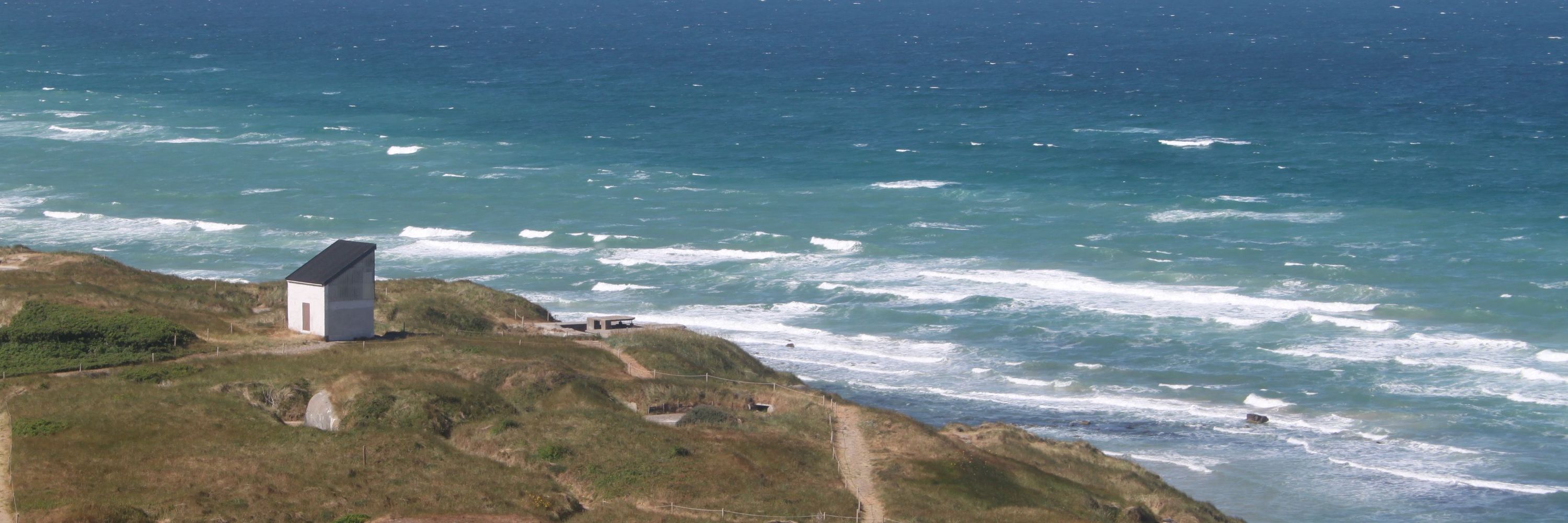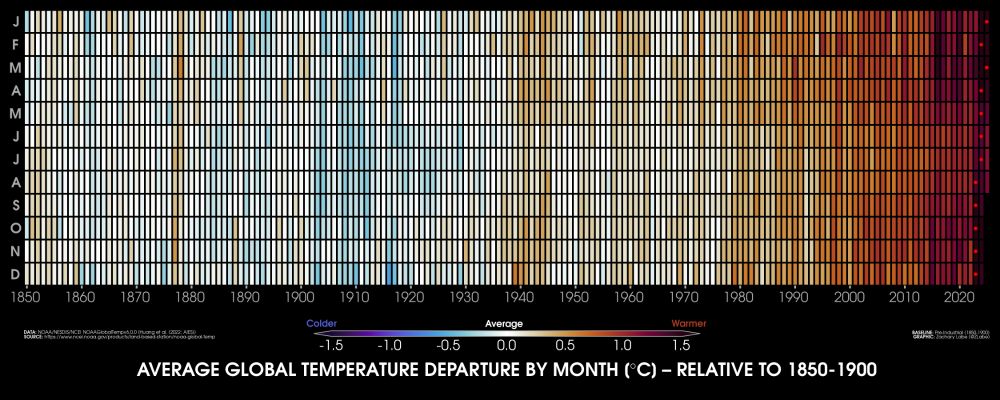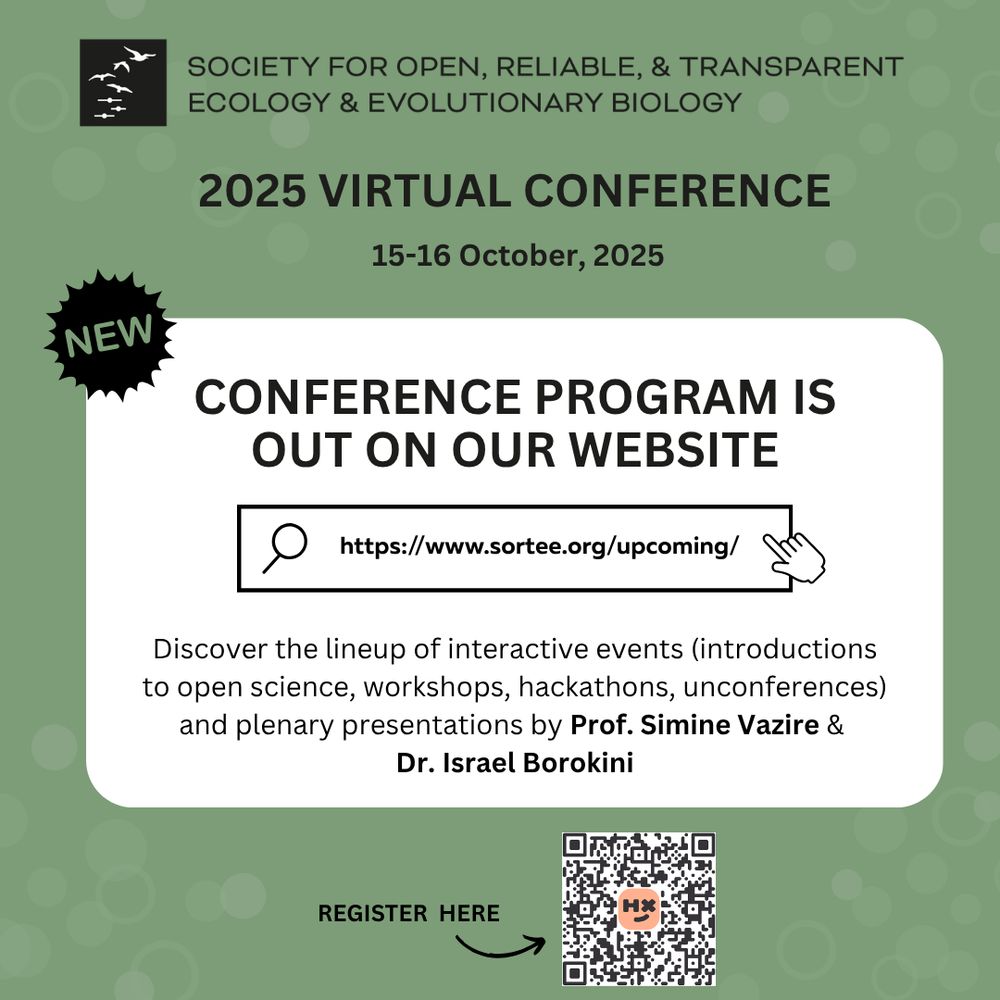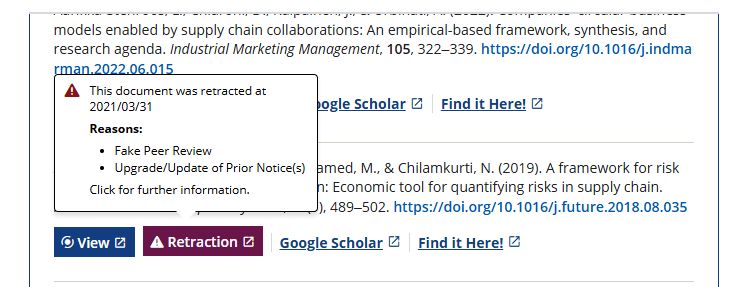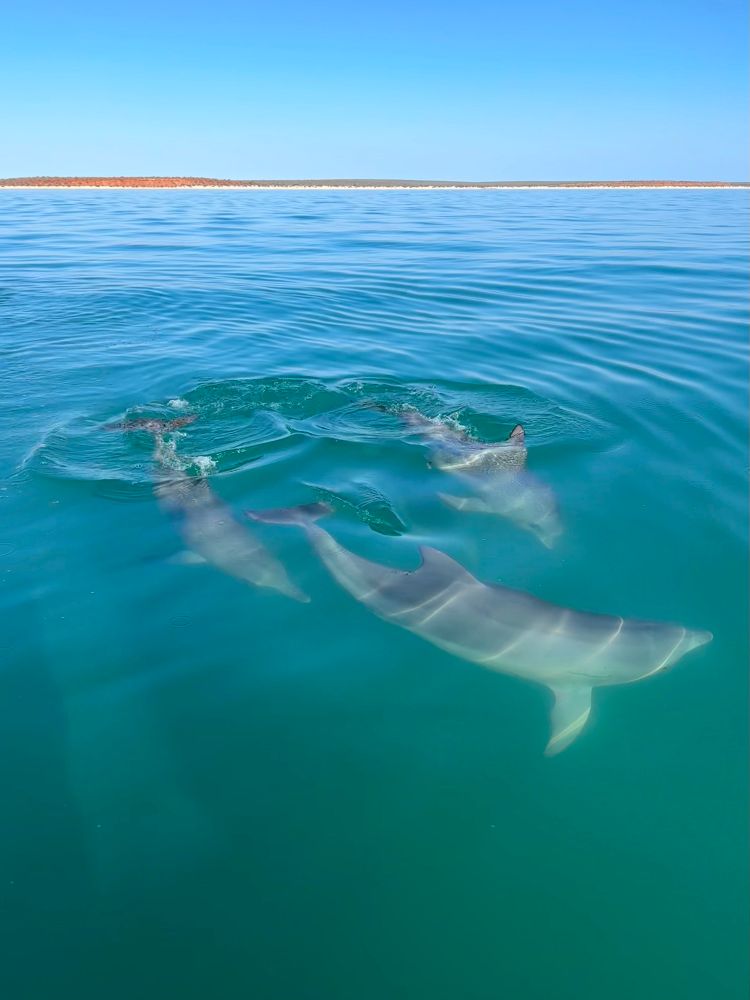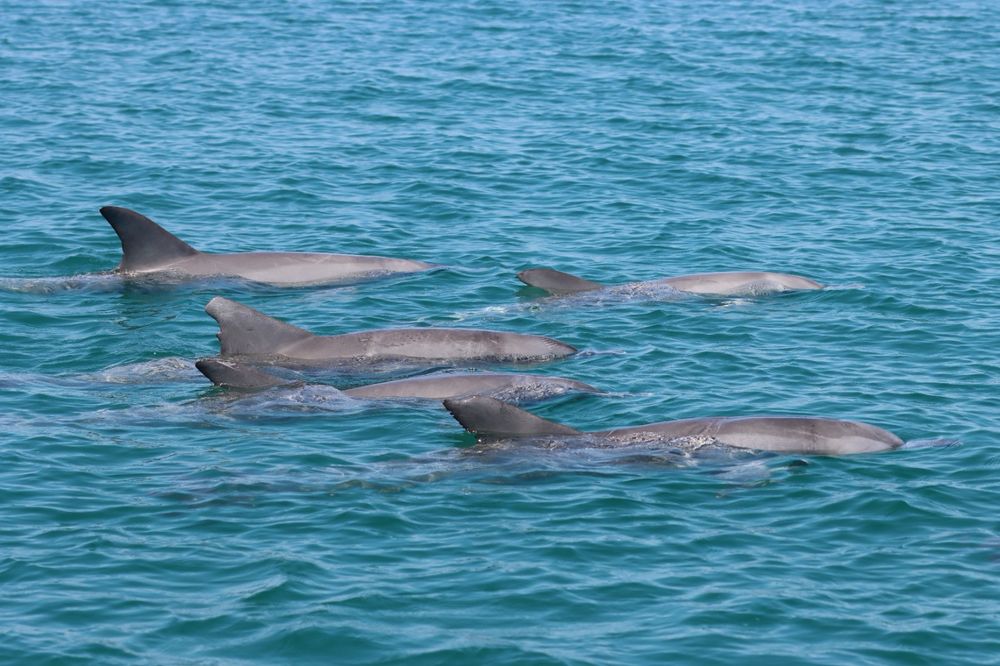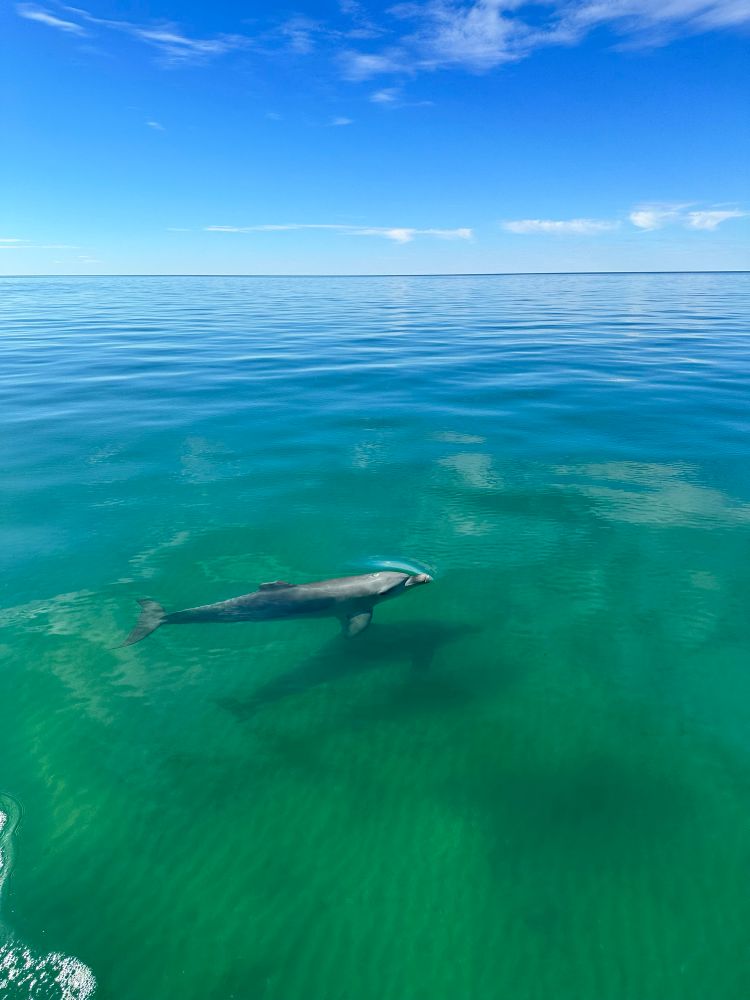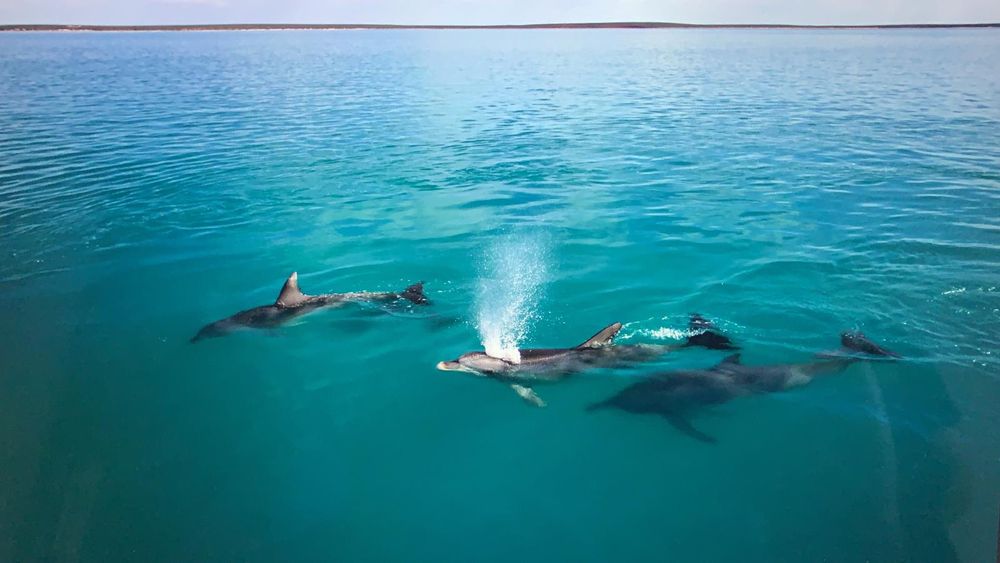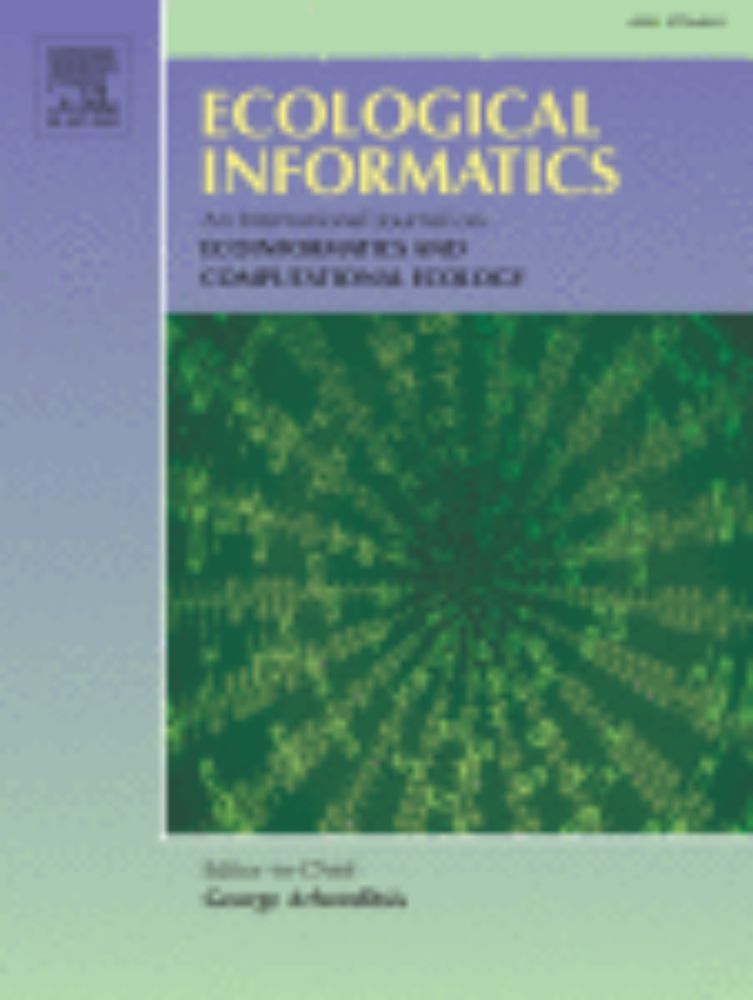Lara S. Burchardt
@lsburchardt.bsky.social
500 followers
190 following
52 posts
Behavioural Biologist at Humboldt-Universität zu Berlin| Rhythm and Beat Precision in Acoustic Communication and Other Systems | PhD from MfN Berlin and Free University Berlin | coding in R | she/her
Posts
Media
Videos
Starter Packs
Reposted by Lara S. Burchardt
Reposted by Lara S. Burchardt
Reposted by Lara S. Burchardt
Reposted by Lara S. Burchardt
Reposted by Lara S. Burchardt
Reposted by Lara S. Burchardt
Reposted by Lara S. Burchardt
Reposted by Lara S. Burchardt
Reposted by Lara S. Burchardt
Reposted by Lara S. Burchardt
Reposted by Lara S. Burchardt
Reposted by Lara S. Burchardt
Giles
@gdeejay.bsky.social
· Jul 1
Reposted by Lara S. Burchardt
Reposted by Lara S. Burchardt
Iris Bontekoe
@irisdb.bsky.social
· Jun 18
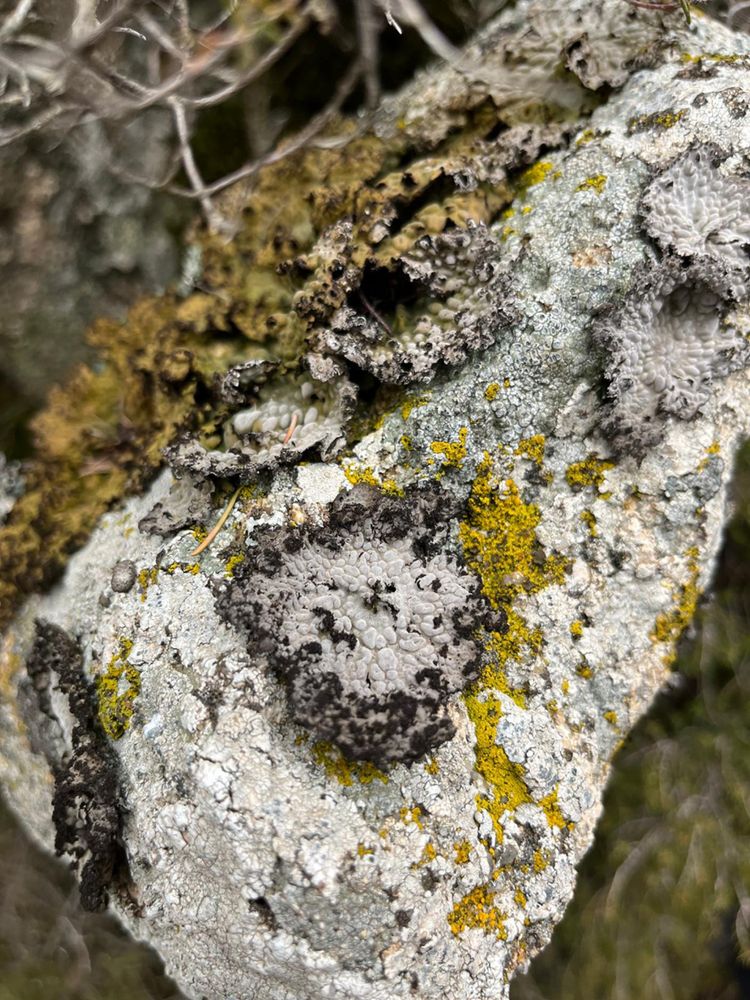
The study of social animal migrations: a synthesis of the past and guidelines for future research | Proceedings of the Royal Society B: Biological Sciences
Seasonal migration is a common behaviour seen in many species worldwide. There is
evidence that social factors influence various migration decisions, but compared to
the well-studied field of social f...
doi.org
